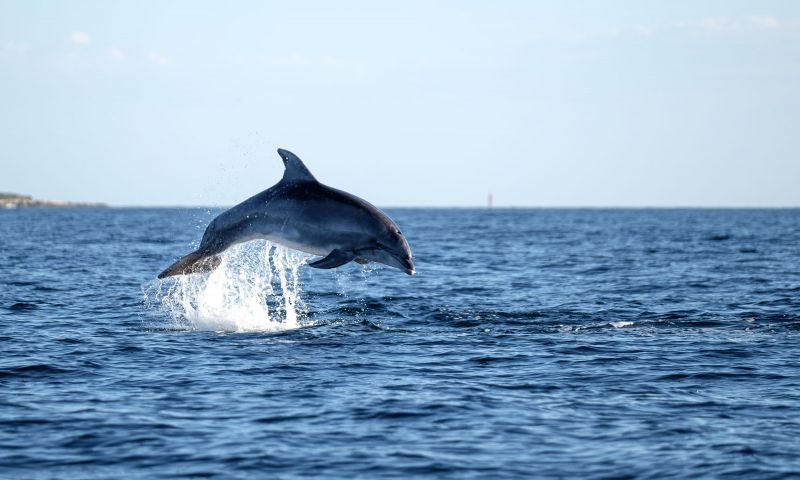A Conservation Area Significant for Species and Habitat Types
The waters of western Istria stretch from the small town of Vrsar all the way to Cape Sv. Stipan beneath the village of Šišan. The 76,000 ha area represents almost the entirety of the marine part of the western coast of Istria and includes two priority habitat types and one marine mammal priority species under the Habitats Directive. Priority habitats are sandbanks covered by seawater at all times and submerged or partially submerged sea caves, and the bottlenose dolphin (Tursiops truncatus) is a priority species. The first habitat type is characterised by great biodiversity. In its surface layer, numerous bivalve molluscs, bristle worms, sponges, amphipods, sea urchins and starfish can be seen, and lesser Neptune grass (Cymodocea nodosa) is also common. Certain subtypes of this habitat are rich in fish stocks and thus represent important fishing areas. Unfortunately, such areas are often used as beaches and suffer high human impact, especially in summer when the risk of pollution increases. The second type of habitat is widespread throughout the Adriatic due to the karst character of the Croatian coast. The main feature of sea caves is the sudden reduction in the amount of sunlight and thus the animal and plant life there significantly differs from other habitats. Due to less sunlight, a small number of algae resides there, and in the complete darkness of the cave we find only sponges, moss animals, crustaceans and similar organisms for which sunlight is not a necessary factor for survival.
An Underwater Cave
A cave was found in the undersea world of Kamenjak, in the area of Kolombarica Cove, which can only be accessed by diving. In addition to having an important biological role, it is also a very attractive diving site for anyone who decides to explore it.
 EU Projects
EU Projects English
English








